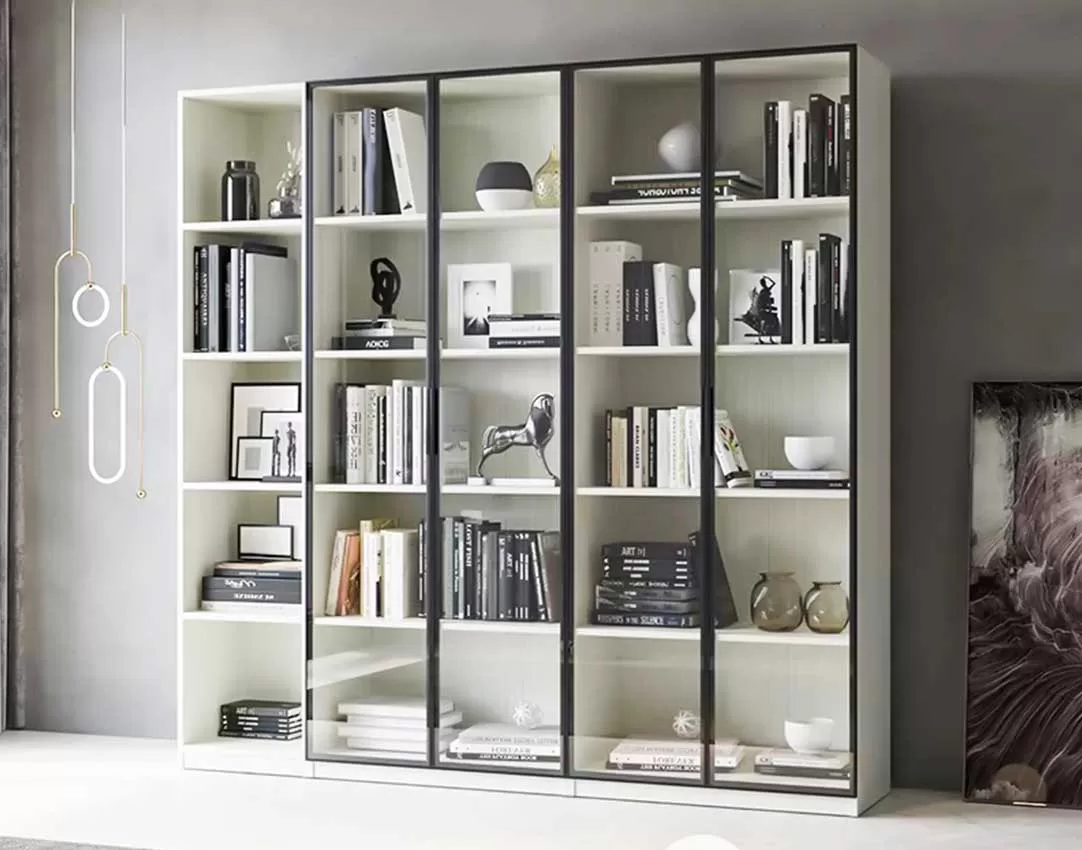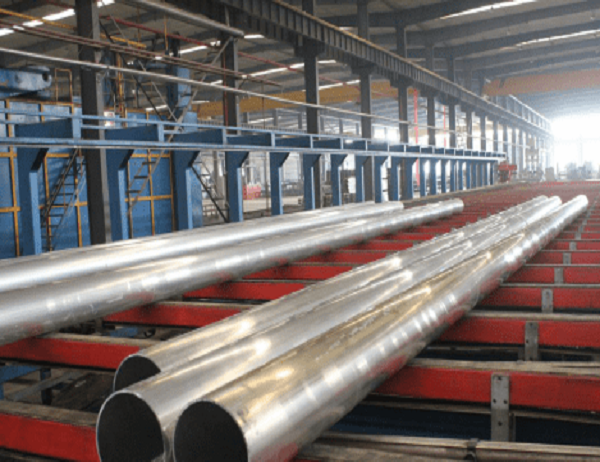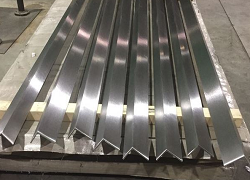In the realm of fabrication, where precision and strength converge, the art of joining and welding extruded aluminum tubes stands as a testament to human ingenuity. These lightweight and versatile components find applications across a vast spectrum of industries, from aerospace to architecture, demanding a reliable and efficient means of assembly. Embark with us on an enlightening journey as we delve into the intricacies of this specialized craft.
Extruded Aluminum Tubes: A Foundation of Strength
Extruded aluminum tubes are formed by forcing molten aluminum through a die, resulting in seamless, hollow profiles with unparalleled strength-to-weight ratios. Their inherent corrosion resistance and machinability make them ideal for applications where longevity and adaptability are paramount.
Joining Methods: A Symphony of Techniques
The choice of joining method depends on the specific requirements of the application. Mechanical fastening, using bolts, screws, or rivets, provides a simple and cost-effective solution. Alternatively, adhesive bonding offers a strong and lightweight bond, while soldering or brazing employs molten metals to create a permanent joint.
Welding Techniques: The Alchemy of Metals
Welding is the ultimate fusion of aluminum, offering unparalleled strength and durability. Among the various welding techniques, gas tungsten arc welding (GTAW) stands out for its precision and ability to produce high-quality welds. The process involves directing an inert gas (usually argon) over a tungsten electrode, creating an arc that melts the edges of the tubes, which are then joined together.
Preparation and Execution: The Path to Perfection
Prior to welding, meticulous preparation is crucial. The tube ends must be square-cut, deburred, and cleaned to ensure a proper weld. Skilled welders employ specialized equipment, such as jigs and fixtures, to maintain precise alignment during the process. The welding parameters, including amperage, voltage, and travel speed, are carefully controlled to optimize weld quality.
Post-Weld Inspection: Ensuring Integrity
Upon completion, the welds are subjected to rigorous inspection to verify structural integrity. Visual inspection, dye penetrant testing, and ultrasonic inspection are commonly employed to detect any potential defects. Certified welders ensure compliance with industry standards and specifications, guaranteeing the reliability of the assembled components.
Conclusion: A Masterpiece of Precision
Joining and welding extruded aluminum tubes is a testament to the versatility and strength of these materials. With meticulous preparation, precise execution, and rigorous inspection, these techniques enable the creation of lightweight, durable structures that stand the test of time. Whether it’s the soaring heights of skyscrapers or the sleek fuselage of aircraft, the fusion of aluminum tubes plays a pivotal role in shaping our modern world.



